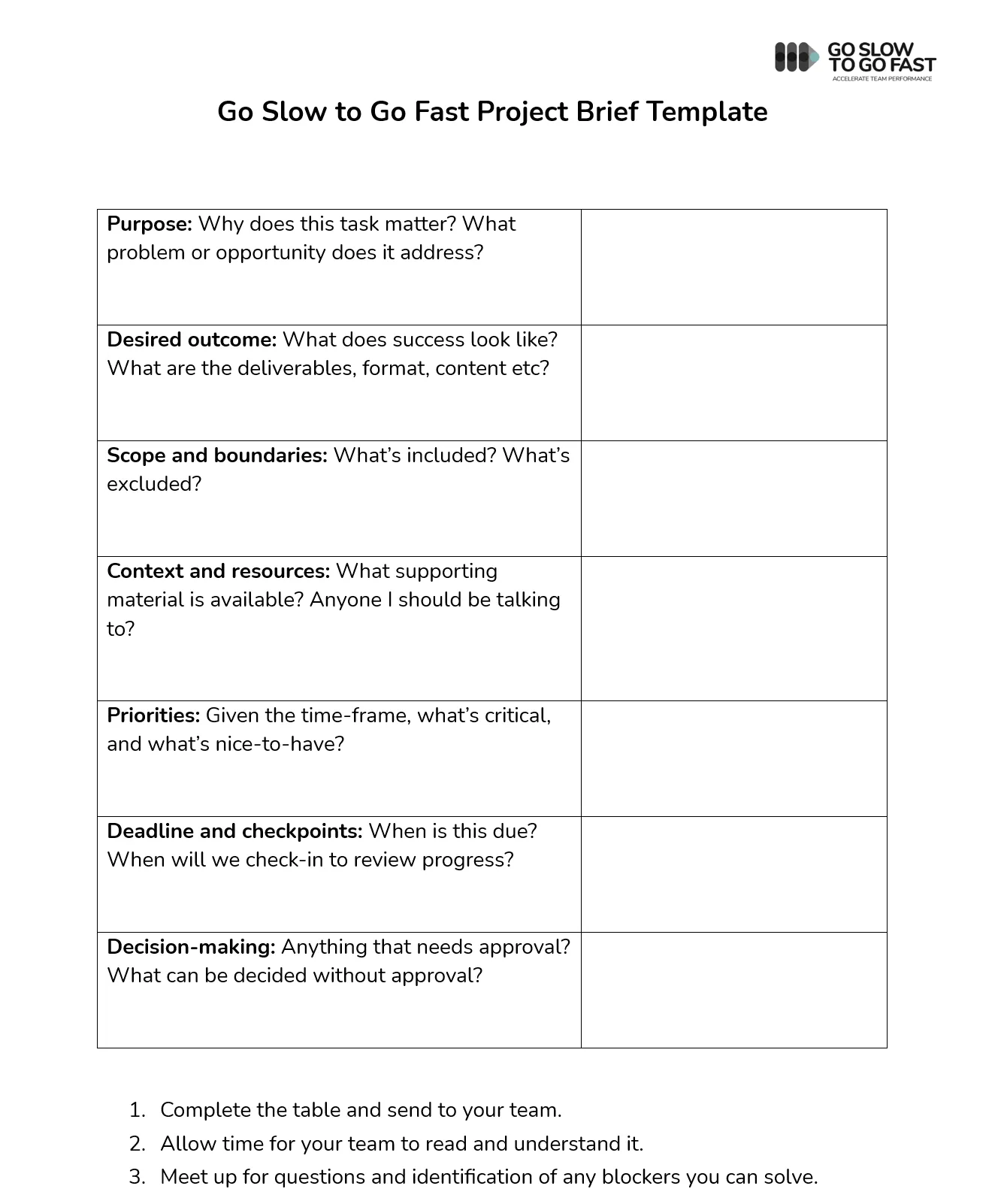The 3 Cs of awesome remote teams

Managing or being part of a remote / hybrid team involves careful and deliberate actions to maintain high performance and to ensure psychological safety… but let’s face it, being a tight team when you’re all in the same office can be hard enough, but take all those incidental social moments away and things can start to unravel. Well, you don’t need to worry about it anymore… we’ve got some micro-pauses to help you!
Remember, micro-pauses aren’t about just slowing down, they’re about creating intentional spaces that accelerate outcomes, protect well-being, and strengthen trust, even across distributed teams.
Because I love an alliterative acrostic (!), let me present 🥁 the 3 Cs of awesome remote teams: Connection, Communication and Clarity.
 Photo by Surface on Unsplash
Photo by Surface on Unsplash
1. Connection
There’s no virtual watercooler, so it’s important to be intentional about how your team connects with each other. Here are a few micro-pauses to start you off:
-
Reflection pauses: Start meetings with a 30–60 second reflection. Ask team members to silently consider the agenda items or share one word about their current focus.
-
Alignment pauses: After discussing complex topics, pause to summarise key points and invite clarification. This prevents assumptions and ensures everyone is on the same page.
-
Decision-making pauses: Before confirming decisions, encourage a short pause to check for dissenting views. This signals that input is valued and fosters psychological safety.
-
Well-being pauses: Especially in remote settings, check in on energy, workload, and emotional state. A simple “How’s everyone feeling today?” can reveal hidden stressors.
2. Communication
Video meetings aren’t great for communicating as they favour extroverts and hi-speed wifi. Structure the meetings, use digital platforms to follow-up and leverage AI for summaries and note-taking. Here are a few tips:
-
Structured turn-taking: Use round-robin speaking / nominations in video calls to ensure everyone has a voice.
-
Async check-ins: Leverage tools like Slack or Teams for micro-reflections that don’t require live presence, e.g., “Share your top priority for the week in one line.”
-
Clear documentation: Follow up meetings with brief, structured notes summarising decisions, action owners, and next steps, to reduce ambiguity and anxiety. We’re big fans of Otter.ai for this.
3. Clarity
YOU know what you mean, but does everyone else? It’s harder to understand people online than in person, so here are some ideas to help you be clear:
-
Ensure everyone is on the same page before you leave the meeting: It’s so easy to assume that everyone’s got it – I assure you, they haven’t.
-
Watch the throw-away comments: Everyone’s listening for instructions, so make sure that you speak from the “I”. Vague comments like, “We should so X”, doesn’t help anyone.
-
Learn to write a good brief: Yes, WRITE the brief. Don’t just verbally give a few instructions out and expect great returns. You can use our template to help you:

Download this from our resources page.
Remote and hybrid teams can perform brilliantly, with great communication and high performance, but this does take a little more work than when teams are in-person. Try our 3Cs, go to our resources page for more micro-pauses, and let us know how you get on.



